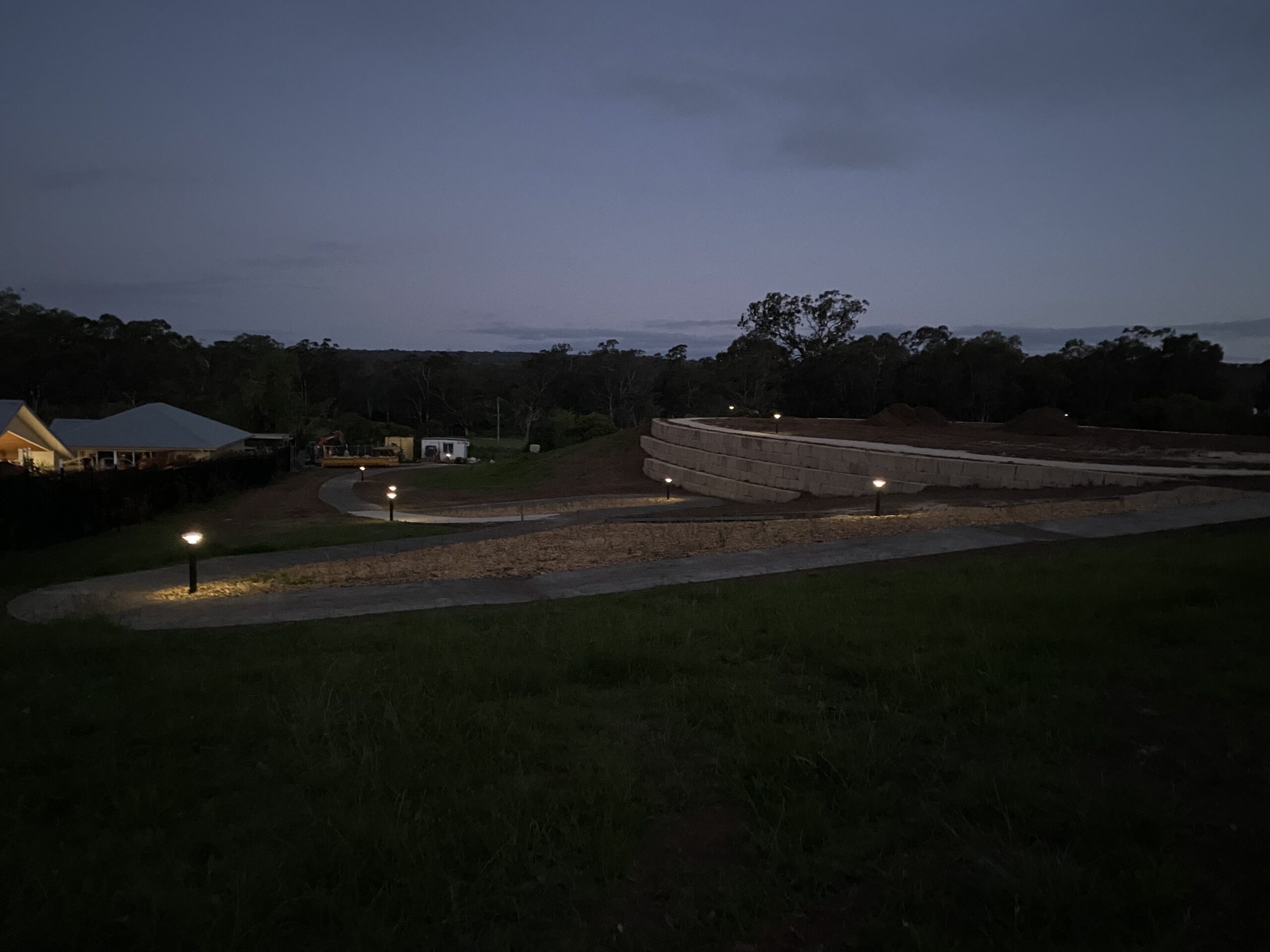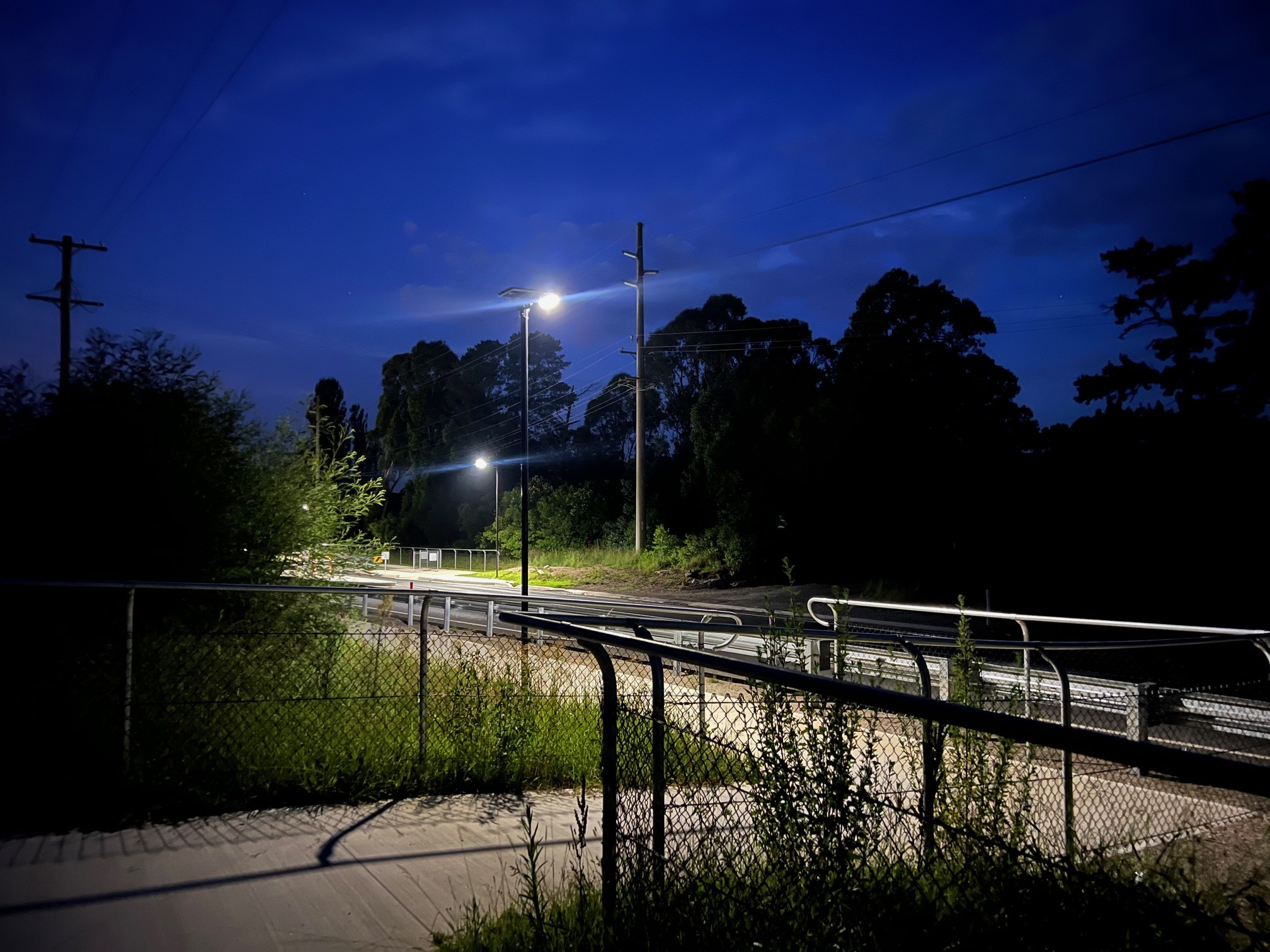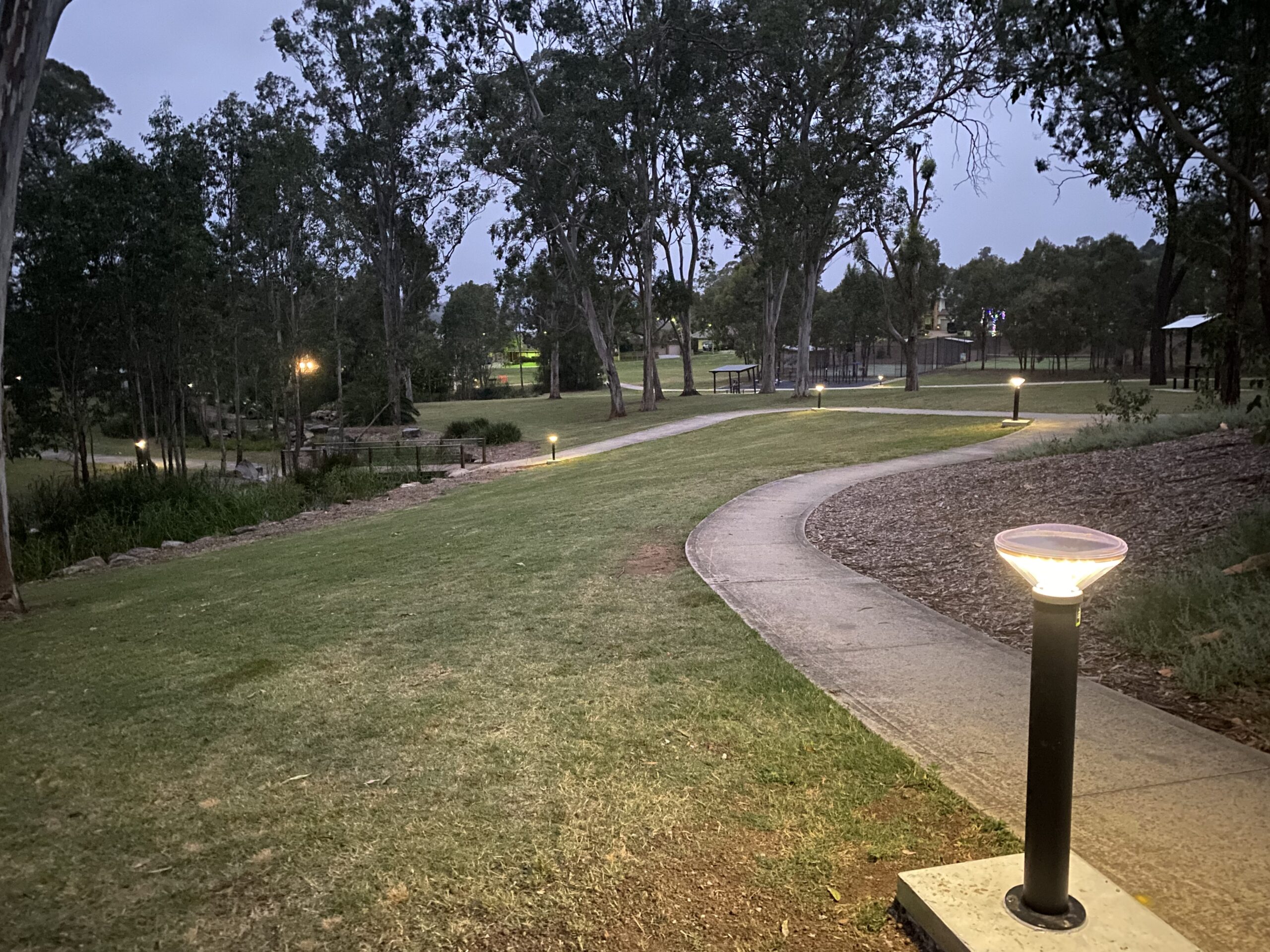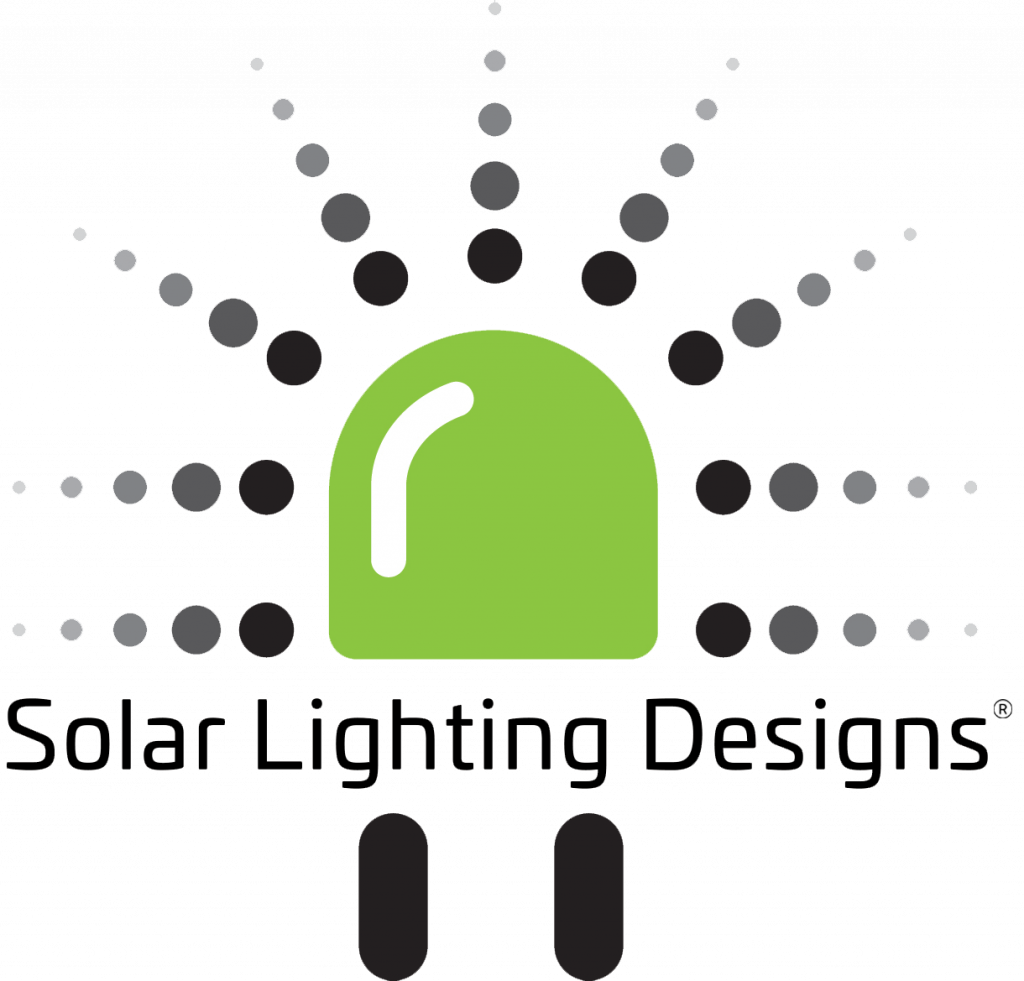
5 Common Mistakes to Avoid When Installing Solar Bollard Lights
Discover how solar flood lights enhance home security, deter
As Australia moves towards a greener and more technologically advanced future, the integration of sustainable solutions into our infrastructure is becoming essential. Solar street lights are playing a pivotal role in this transformation, helping to create smarter, safer, and more sustainable cities across the country. In this blog, we explore how solar street lights contribute to sustainable infrastructure and the development of smart cities, and why they represent the future of urban lighting.
Sustainability is no longer an optional consideration for urban planners and developers; it is a necessity. Cities must reduce carbon emissions, manage energy use more efficiently, and improve the overall quality of life for residents. Solar street lights provide a powerful solution by harnessing renewable energy to deliver reliable and cost-effective lighting solutions.
Traditional street lighting relies heavily on the electricity grid, contributing significantly to greenhouse gas emissions. Solar street lights, by contrast, operate independently, drawing energy from the sun during the day and storing it for use at night. This shift not only reduces the environmental impact of urban lighting but also cuts down on operational costs and maintenance requirements.
Solar street lights are self-contained units equipped with photovoltaic panels, rechargeable batteries, LED light sources, and smart control systems. During daylight hours, the solar panels absorb sunlight and convert it into electrical energy, which is stored in the batteries. When night falls, the system automatically activates, using the stored energy to power the lights.
Advanced models, like those available in our Solar Street Lights range, incorporate features such as motion sensors, dimming capabilities, and remote monitoring to enhance performance and energy efficiency further.
Solar street lights significantly reduce carbon footprints by utilising renewable energy. They eliminate reliance on fossil fuels, supporting Australia’s transition towards cleaner energy sources and contributing to national sustainability goals.
While the initial investment in solar street lights may be higher than traditional options, the long-term savings are substantial. With no electricity bills and minimal maintenance costs, solar street lights offer an excellent return on investment.
By operating independently of the grid, solar street lights provide reliable illumination even during blackouts or natural disasters. This resilience is crucial for maintaining safety and security in urban environments.
Modern solar street lights can be integrated into broader smart city networks. Features like motion sensors, automatic dimming, and remote monitoring allow city managers to optimise lighting schedules, reduce energy consumption, and collect valuable usage data.
Well-lit streets deter crime, reduce accidents, and improve the overall sense of security for residents and visitors. Solar street lights ensure consistent, bright illumination, particularly in parks, pathways, and suburban streets.
Installation of solar street lights is less invasive than traditional street lighting, often requiring no trenching or extensive wiring. This preserves natural landscapes and reduces disruption to existing urban environments.
As Australia’s cities become smarter, energy grids are evolving too. Solar street lights play a critical role by contributing to decentralised energy networks. By generating and using power locally, they reduce the load on national grids and offer backup lighting during grid failures.
Future smart cities will increasingly rely on interconnected, data-driven systems. Solar street lights can be integrated with IoT platforms to provide data on energy usage, weather patterns, traffic flows, and even air quality monitoring—transforming a simple light post into a multi-functional urban asset.
Across Australia, solar street lights are being deployed in various projects, demonstrating their versatility and effectiveness:
View some of our completed Projects to see how Solar Lighting Designs has helped transform urban spaces across Australia.
Solar street lights can be complemented by a variety of other solar-powered lighting solutions to create fully sustainable urban environments:
While solar street lights offer numerous benefits, they also present unique challenges. Addressing these challenges is crucial for successful deployment:
By selecting high-quality products from reputable suppliers like Solar Lighting Designs, these challenges can be effectively managed.
Australia is uniquely positioned to lead the world in solar street light adoption, thanks to our abundant sunlight and strong commitment to sustainability. Trends shaping the future include:
As solar street lights become even more integrated into Australia’s urban planning strategies, they will be central to achieving carbon-neutral cities and smarter, safer public spaces.
How long do solar street lights last?
High-quality solar street lights typically last 5–7 years for batteries and 20–25 years for solar panels with minimal maintenance.
Do solar street lights work during cloudy or rainy days?
Yes, modern solar street lights are designed with efficient panels and large-capacity batteries to operate reliably even during extended periods of poor weather.
Are solar street lights bright enough for public streets?
Absolutely. Modern LED technology ensures solar street lights are bright, energy-efficient, and capable of meeting Australian roadway standards.
Can solar street lights be vandal resistant?
Yes, many models, including those in our Vandal Resistant Solar Lighting range, are built to withstand vandalism and harsh environmental conditions.
Solar street lights are more than just an eco-friendly alternative to traditional lighting; they are a cornerstone of sustainable infrastructure and the foundation for building smarter cities. By investing in solar street lights today, councils, developers, and businesses can help create a brighter, greener future for all Australians.
Ready to explore solar street lighting solutions for your project? Contact Us today or Request a Quote and discover how Solar Lighting Designs can help illuminate your next smart city initiative.

Discover how solar flood lights enhance home security, deter

As Australia continues to embrace renewable energy solutions, solar-powered lighting

Solar lighting is rapidly becoming a cornerstone of Australia’s push

Solar Lighting Designs
22 , 5 Rai Drive
Crestmead QLD
4132
Solar Lighting Designs
Unit 1, 14 Stennett Road
Ingleburn NSW
2565
Solar Lighting Designs
2A Norlin Street,
Kewdale WA,
6105
SLD acknowledges and pays respect to the past, present and emerging Traditional Custodians and Elders of this nation and the continuation of cultural, spiritual and educational practices of Aboriginal and Torres Strait Islander peoples .

Solar Lighting Designs
22 , 5 Rai Drive
Crestmead QLD
4132
Solar Lighting Designs
Unit 1, 14 Stennett Road
Ingleburn NSW
2565
Solar Lighting Designs
2A Norlin Street,
Kewdale WA,
6105
SLD acknowledges and pays respect to the past, present and emerging Traditional Custodians and Elders of this nation and the continuation of cultural, spiritual and educational practices of Aboriginal and Torres Strait Islander peoples .